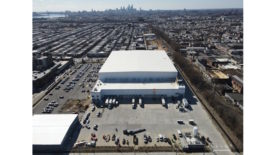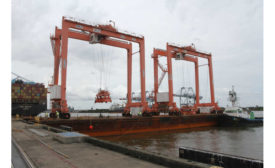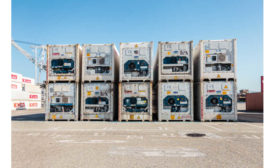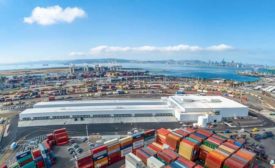Home » Keywords: » port logistics
Items Tagged with 'port logistics'
ARTICLES
The 245,400-square-foot temperature-controlled warehouse set to break ground this month in Suffolk.
Read More
FreezPak Opens New Location in Philadelphia, Offers 4PL Model
Facility uses robots and features 20 loading docks.
March 8, 2024
WCS Logistics, ARCO National Construction to Break Ground on Virginia Cold Storage Site
Company's fifth facility will bring its portfolio to over 900K square feet of space serving the East Coast.
February 21, 2024
CORE X Partners Plans Gulfport Cold Storage Site, First Since Hurricane Katrina
Facility will include 21,000 pallet positions, USDA inspection services.
February 20, 2024
CJ Logistics America to Open State-of-the-Art Cold Storage in Georgia
Project being led by RL Cold will featured 30,000 pallet positions and an onsite USDA inspection room.
January 31, 2024
Three Coasts of Cold Storage: Why Port Cold Storage is Expanding
How ports in Jacksonville, Mobile, and Oakland are increasing cold storage capabilities to meet demand for cold food imports and exports.
January 14, 2021
Port of Oakland Meat Exports Soar, Bet on 'Cool Cargo' Paying Off
Shipments up 26% in Q1, mostly to Asia; market share now at 42 percent.
June 4, 2020
Get our new eMagazine delivered to your inbox every month.
Stay in the know on the latest food and beverage manufacturing markets.
SUBSCRIBE TODAYCopyright ©2024. All Rights Reserved BNP Media.
Design, CMS, Hosting & Web Development :: ePublishing










